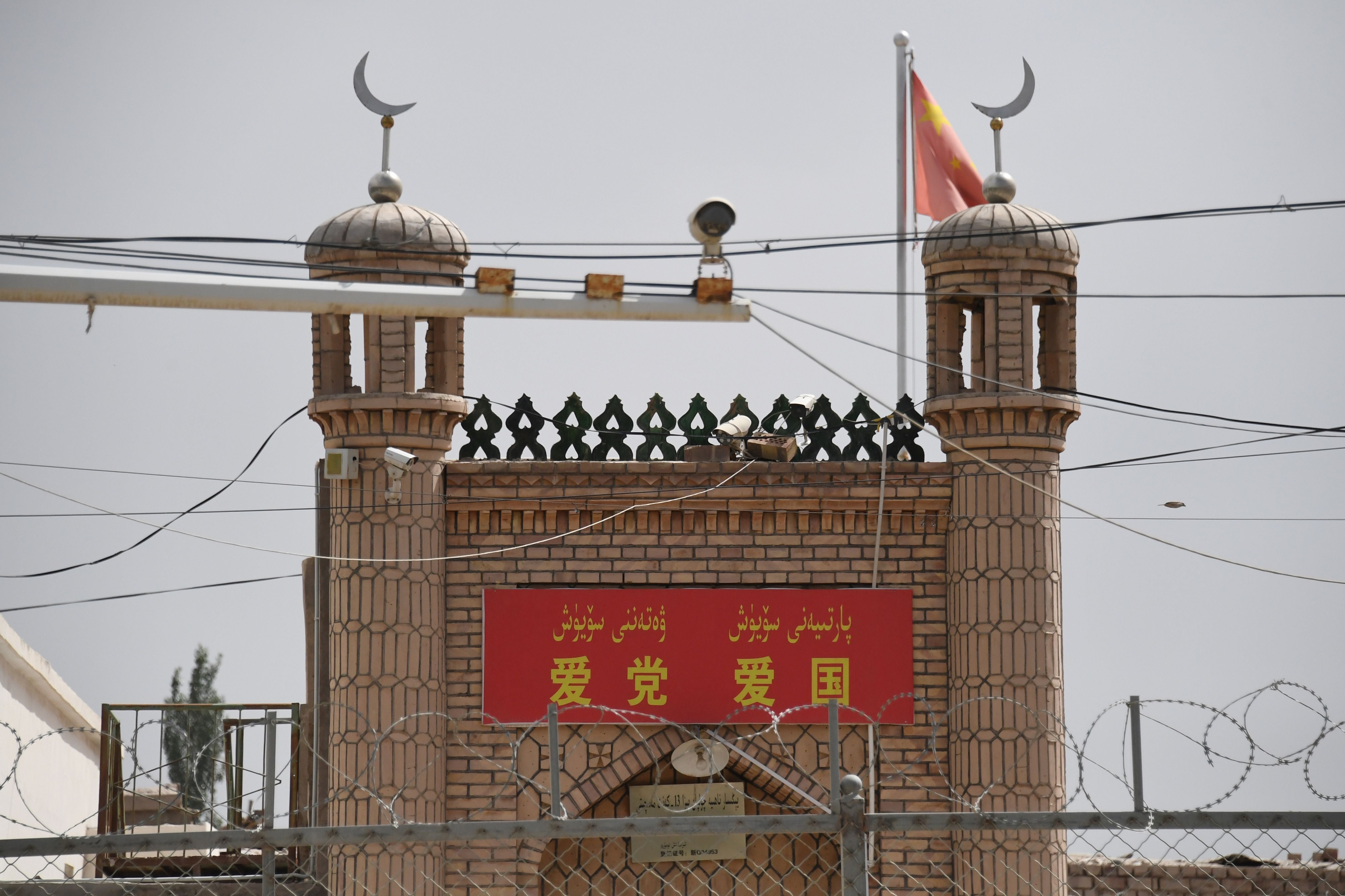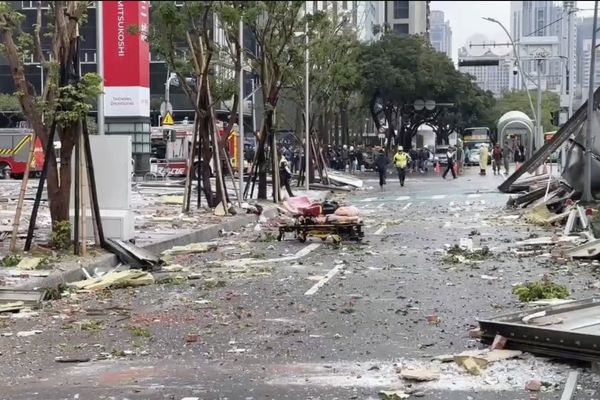
Nearly two-thirds of the mosques in the territory of Xinjiang have been demolished or damaged by Chinese government policies in just three years, a new report has shown.
About 16,000 mosques – 65 per cent of the region’s total – have been affected, the Australian Strategic Policy Institute (ASPI) think tank discovered, using satellite technology to map the extent of the destruction.
Most of the damage has taken place since 2017.
More than half (8,500) were demolished outright, the ASPI report found, saying that the Chinese government is “actively erasing and altering key elements of [Uighur Muslims’] tangible cultural heritage”.
The report said that this had brought the number of mosques in the province to its "lowest ... since the Cultural Revolution, when fewer than 3,000 mosques remained.”
The report comes as the UK expressed “grave concerns” about China’s treatment of the Uighur people and called for the release of those in Xinjiang who have been arbitrarily detained.
Lord Ahmad, British minister of state for south Asia and the Commonwealth, told the United Nations Human Rights Council on Friday: “Of grave concern, in Xinjiang, there is compelling evidence, including from the Chinese authorities' own documents, of systematic human rights violations.”
He referred to "credible" reports of forced labour and forced birth control, as well as the restrictions on culture and religion.
Despite a growing body of evidence, Beijing has repeatedly denied accusations of human rights breaches in the region, claiming that government policies in Xinjiang are designed to alleviate poverty and counter terrorism.
The Chinese government recently published a report defending internment camps in the region as “vocational training centres”. The white paper said that more than 1 million people were sent to Xinjiang’s labour programmes each year.
The ASPI report noted that “cultural destruction often masquerades as restoration or renovation work in Xinjiang”, referring to a number of mosques that have been altered to remove Islamic-style architecture and symbols.
In the case of Kargilik’s Jame Mosque, the crackdown has seen the mosque’s Arabic writing and crescent moon motif removed, and a large red government propaganda banner hung across the building reading, “Love the party, love the country”.
As well as mosques, government authorities have desecrated sacred shrines, cemeteries and pilgrimage sites in the area, with the ASPI report finding that 30 per cent of the holy sites have been demolished, and another 27.8 per cent damaged in some way.
The ASPI said: “Alongside other coercive efforts to re-engineer Uighur social and cultural life by transforming or eliminating Uighurs’ language, music, homes and even diets, the Chinese government’s policies are actively erasing and altering key elements of their tangible cultural heritage.”
China faces increasing international pressure over its treatment of ethnic minorities in the region, including US sanctions and a block on a limited number of exports produced in Xinjiang.







